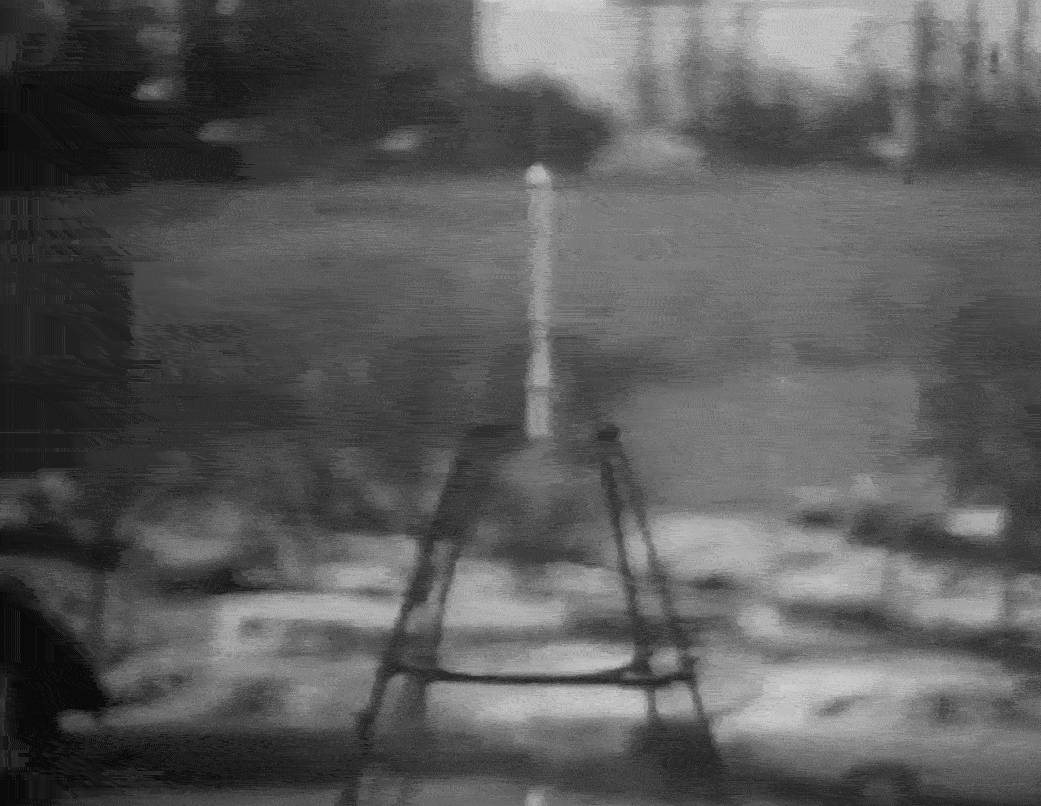NASA celebrates 90 years since the first launch of a liquid-fuel rocket

Robert Goddard next to the first liquid fuel rocket before launch, March 16, 1926
90 years ago, on March 16, 1926, the first liquid-fuel rocket flew into the air, the fruit of a 17-year job by Robert Goddard (1882-1945), a professor of physics at the Massachusetts Technological University. The ideas of the professor about flights to space, to the moon and to other planets were ridiculed by some during his lifetime. Only 30 years later, the NASA agency was created, which recognizes that it owes its existence to Robert Goddard to a large extent. In his honor, named the Center for Space Flight. Goddard , as well as the 13th version of the GNU / Linux distribution Fedora.
In fact, the event of March 16, 1926 is not inferior in importance to the first flight on an airplane of the Wright brothers. Liquid fuel rockets opened up completely new possibilities for the development of the Earth’s orbit, the study of the Solar System and distant galaxies with the help of orbital telescopes.
Robert Goddard became interested in rockets in his student years. In 1907, he launched the first rocket on gunpowder directly from the building of Worcester Polytechnic Institute. To the credit of the university administration, they did not exclude a student for this offense, and even became interested in his work.
')
Soon, Robert Goddard realized that liquid fuel has a number of advantages over gunpowder, and in 1909 he began to develop such a rocket.
In 1914, Goddard received two patents, one for a rocket with liquid fuel, and the second for a two- and three-stage rocket on solid fuel. Technical work on the creation of the sample lasted almost 17 years. The engineer had to solve a number of problems, including finding a way to mix gasoline with oxygen and design the fuel chamber under pressure to ensure a continuous supply of fuel.
In the end, all the problems were solved - and on March 16, 1926, the first successful launch took place. The rocket the size of a human hand in 2.5 seconds soared to a height of 12 meters. In 1976, NASA engineers recreated this experiment.

Liquid fuel is still used in most modern missiles.
During his life, Robert Goddard received more than 200 patents, including invented a vacuum rectifier ( US Patent 1,159,209 ) and a rocket launcher. The first grenade launchers of the Bazooka model are based on his works.
Source: https://habr.com/ru/post/368387/
All Articles